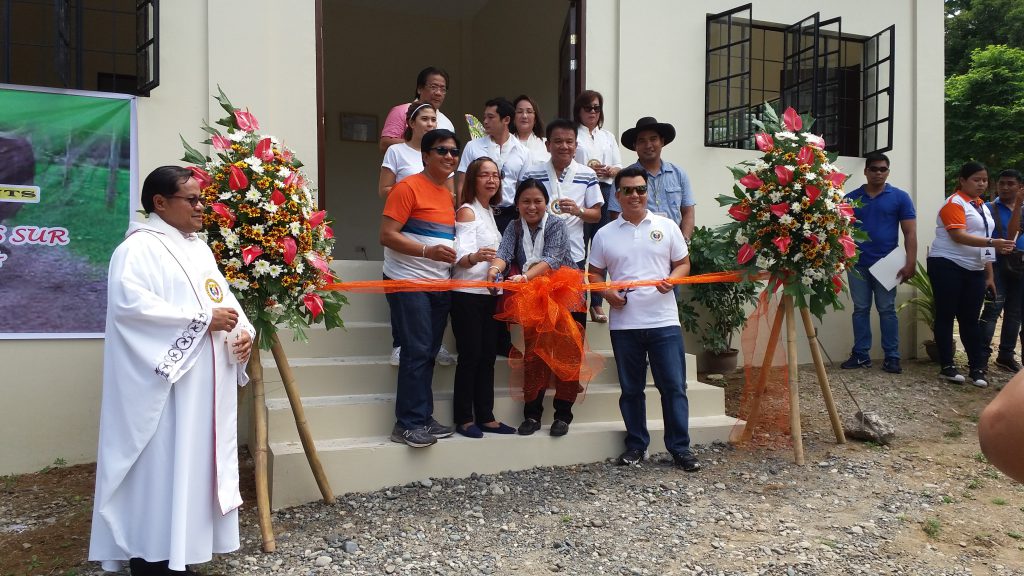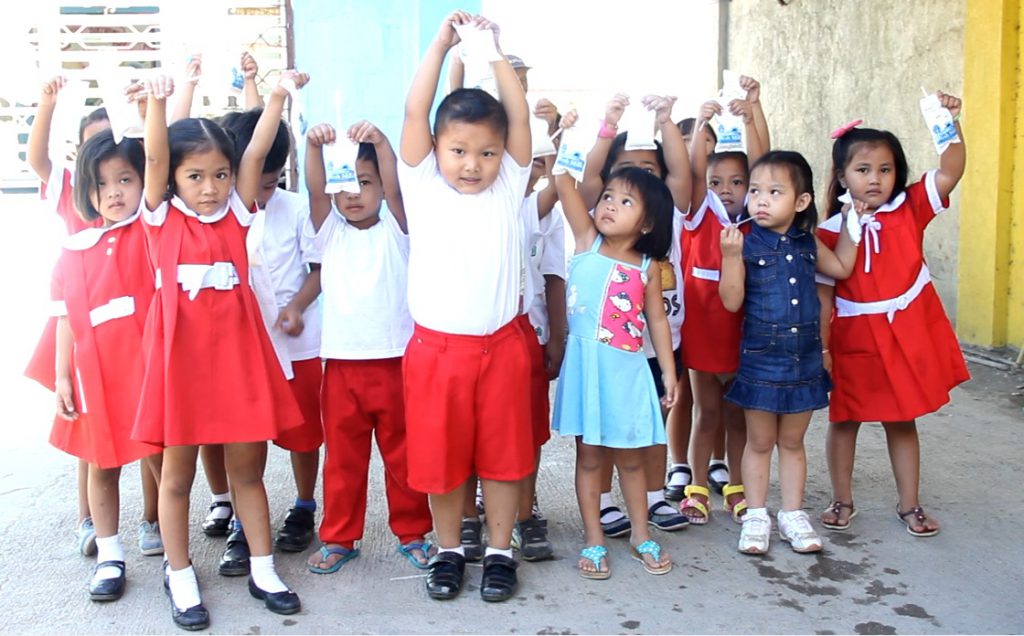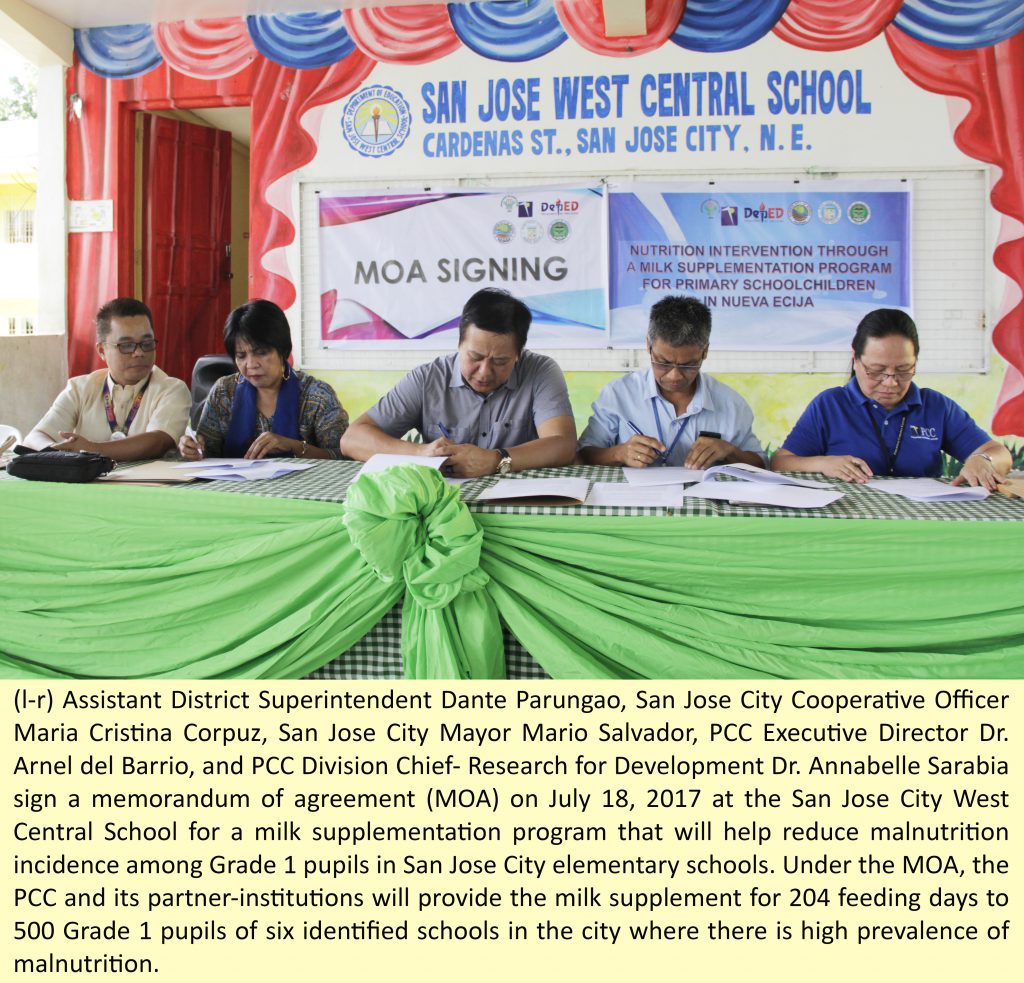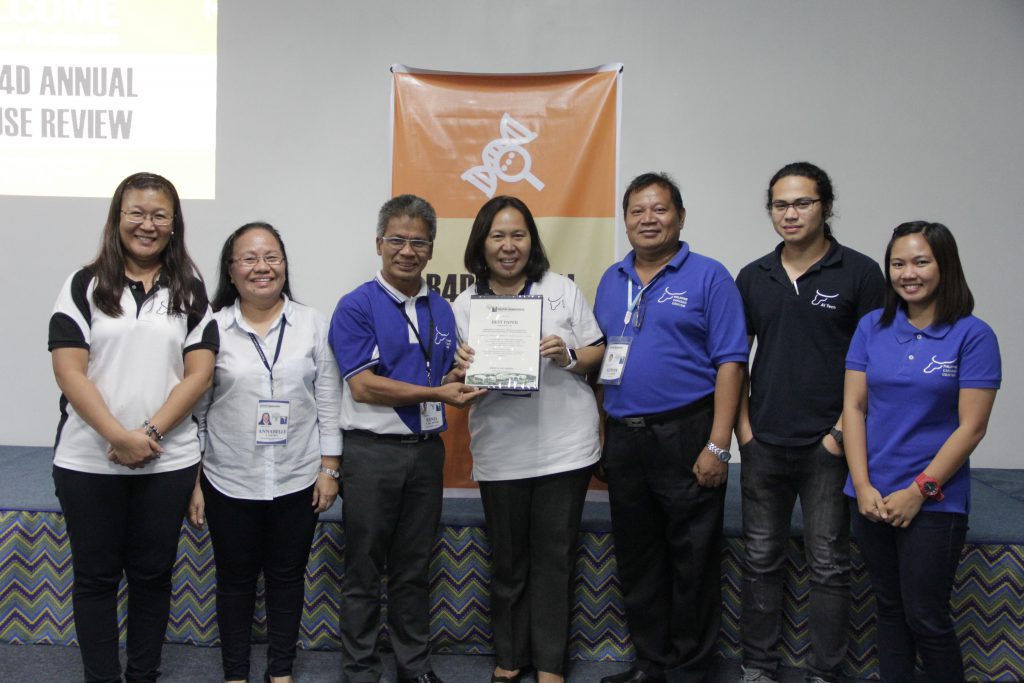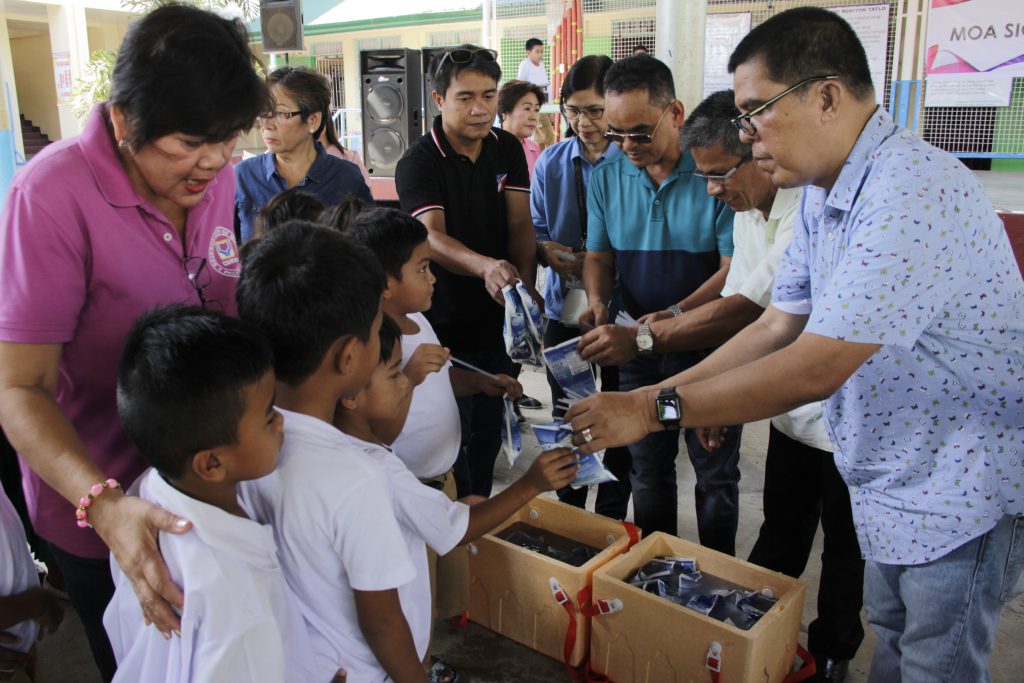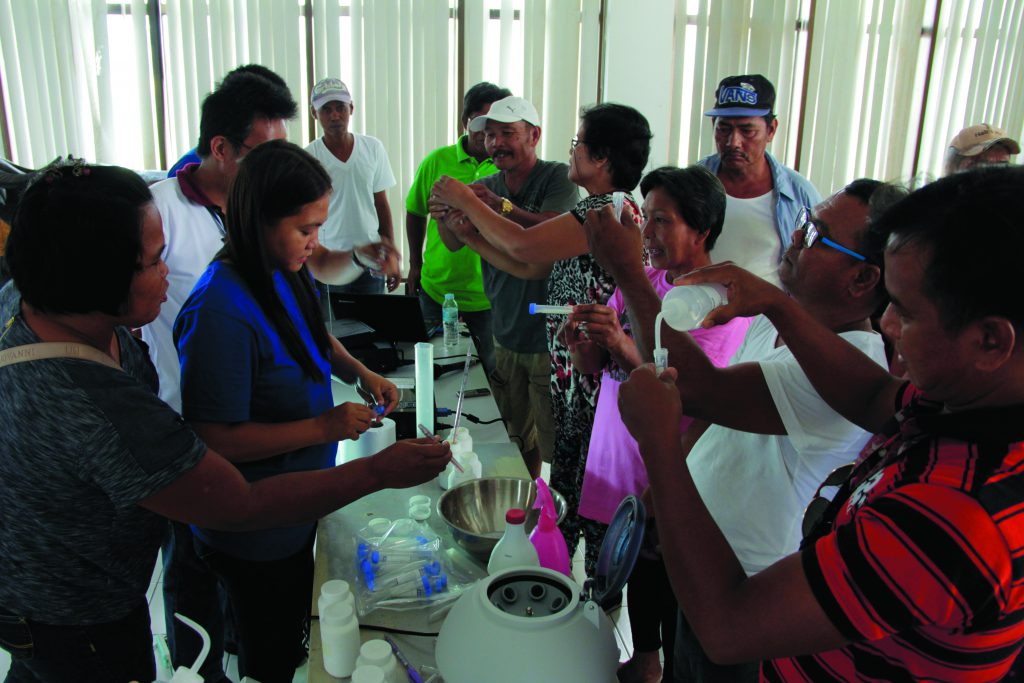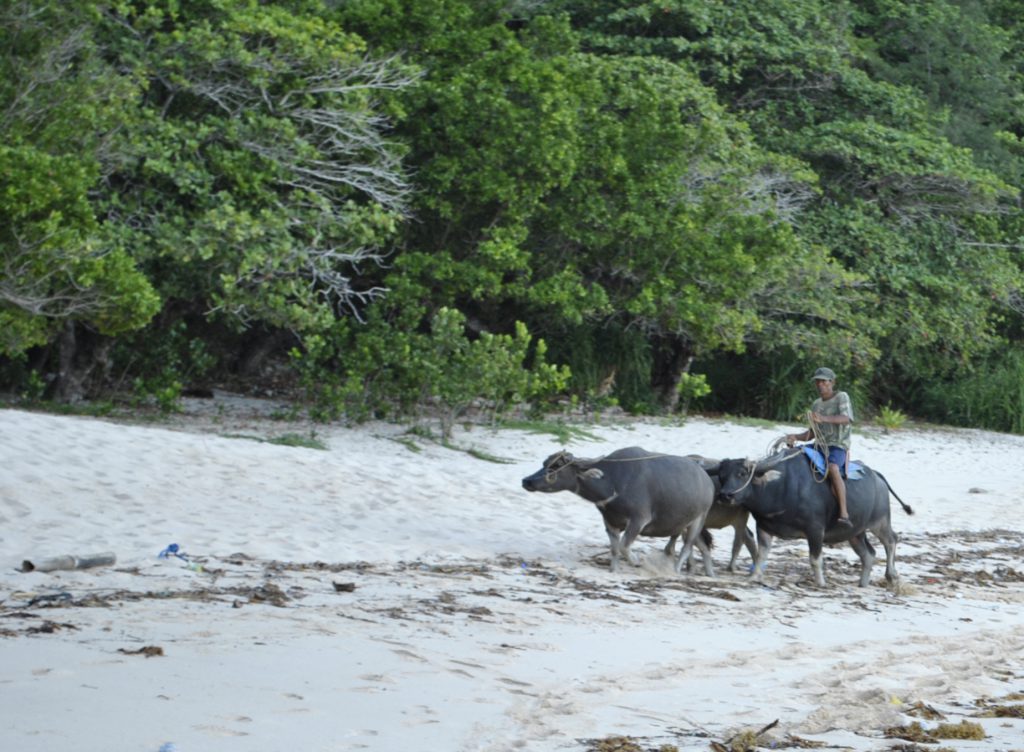Reduction of malnutrition cases and opening of opportunities for income generation among farmers were seen as big benefits that will come from a newly inaugurated dairy production and processing center in a village in Santa, Ilocos Sur.
This optimistic view was emphasized by Governor Ryan Singson during the inauguration recently of the center in Barangay Cabangaran.
The processing facilities, located inside the dairy farm of the Ilocos Sur provincial government, were put up upon the initiative of Gov. Singson and provincial veterinarian and project head Dr. Joey Warren Bragado.
According to the governor, since the time he was vice mayor of Vigan City years back, he already nurtured an interest in putting up a government-led dairy project. He said then Vigan City mayor Eva Marie Medina allocated Php1 million for the carabao dairy project in the city.
He added he personally saw the success of the project in that city and how this helped the farmers a lot in providing for their daily needs.
Gov. Singson underscored that the establishment of a dairy project for the whole province was his first priority when he assumed leadership of the provincial government.
The Provincial Government of Ilocos Sur allocated Php14 million budget for the initial procurement of 17 crossbred heifers, three pure Bulgarian Murrah buffaloes (BMB), and two BMB bulls; construction of animal facilities and milk processing center; and development of 20-ha pasture area.
The Philippine Carabao Center at Mariano Marcos State University (PCC-MMSU), he said, assisted in sourcing out and selecting crossbred heifers (with atleast 75% Murrah bloodline) and purebred bulls to be raised in the center. It also provided seed stocks and planting materials such as forage grasses and legumes.
The dairy processing center has since served as a training venue for hand-milking and milk processing, he added.
“We want the province to have its own source of milk and we also eye the project as an answer to malnutrition cases in many municipalities. Also, this will become a source of livelihood of the farmers who will engage in dairying,” Gov. Singson said.
The governor said he envisions the province to become a model province in the implementation of a dairy project and milk supplementation program for the malnourished children.
Three of the buffaloes are currently lactating and according to Gov. Singson he intends to send to donate the first batches of milk production in the center for the evacuees in the Marawi City conflict as well as the victims of the earthquake in Leyte.
He thanked the Department of Agriculture (DA) Region I and the PCC for their support as he voiced the hope for a continuing and fruitful partnership by the provincial government of Ilocos Sur and these agencies.
PCC-MMSU center director Grace Marjorie R. Recta, in her message, said the provincial government’s dairy farm has other projects in the offing. Among these, she said, are vermi-composting, feedlot fattening, and agri-tourism.
She expressed hope that the processing center can also absorb the milk coming from the dairy farmers in other places in the province and also serve as a marketing outlet for the milk products produced by the dairy farmers’ families.
Other officials present during the inauguration were Dr. Annie Bares representing DA Regional Executive Director Edillo Narciso, the members of the provincial board, officials of the local government unit of Santa, Ilocos Sur, and heads of offices and departments at the provincial capitol.

